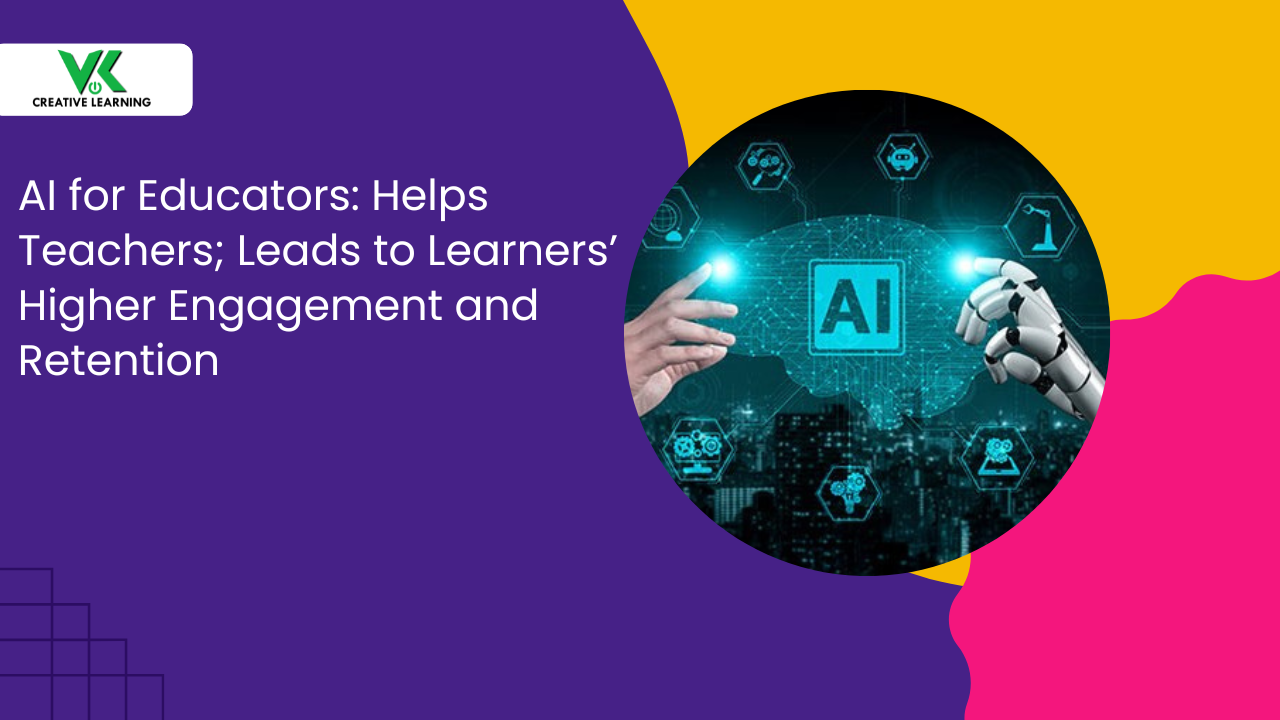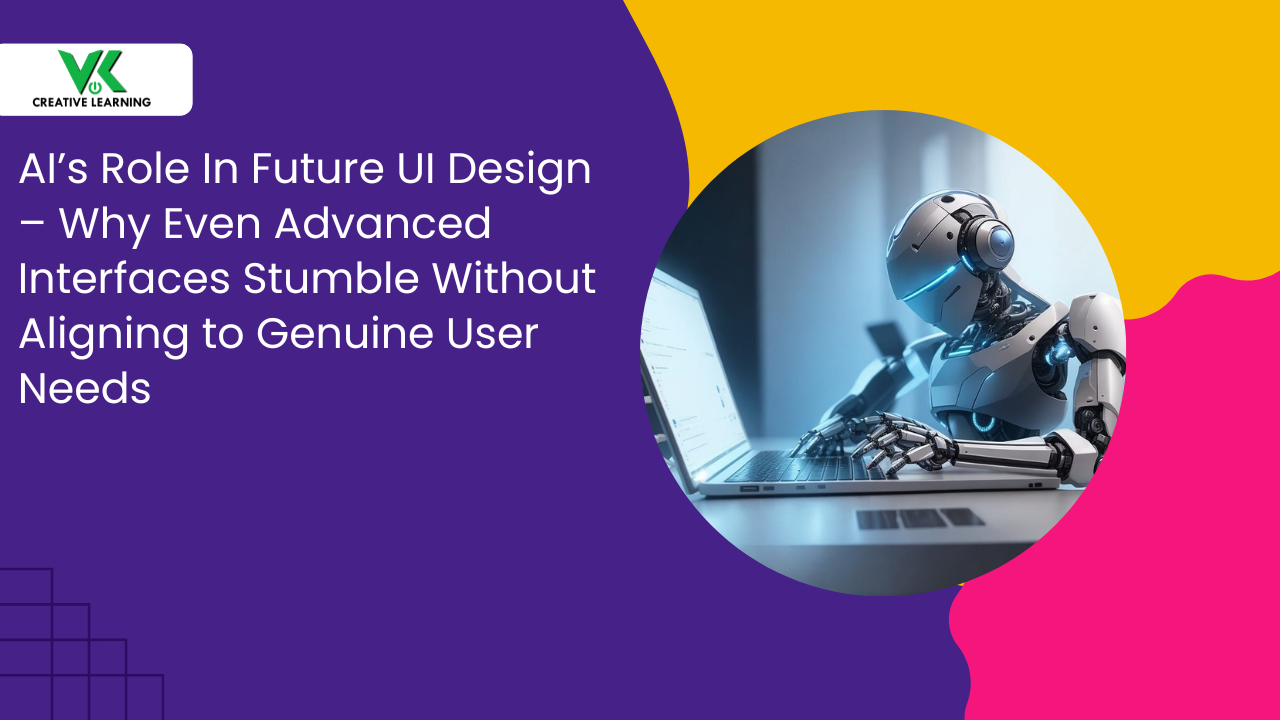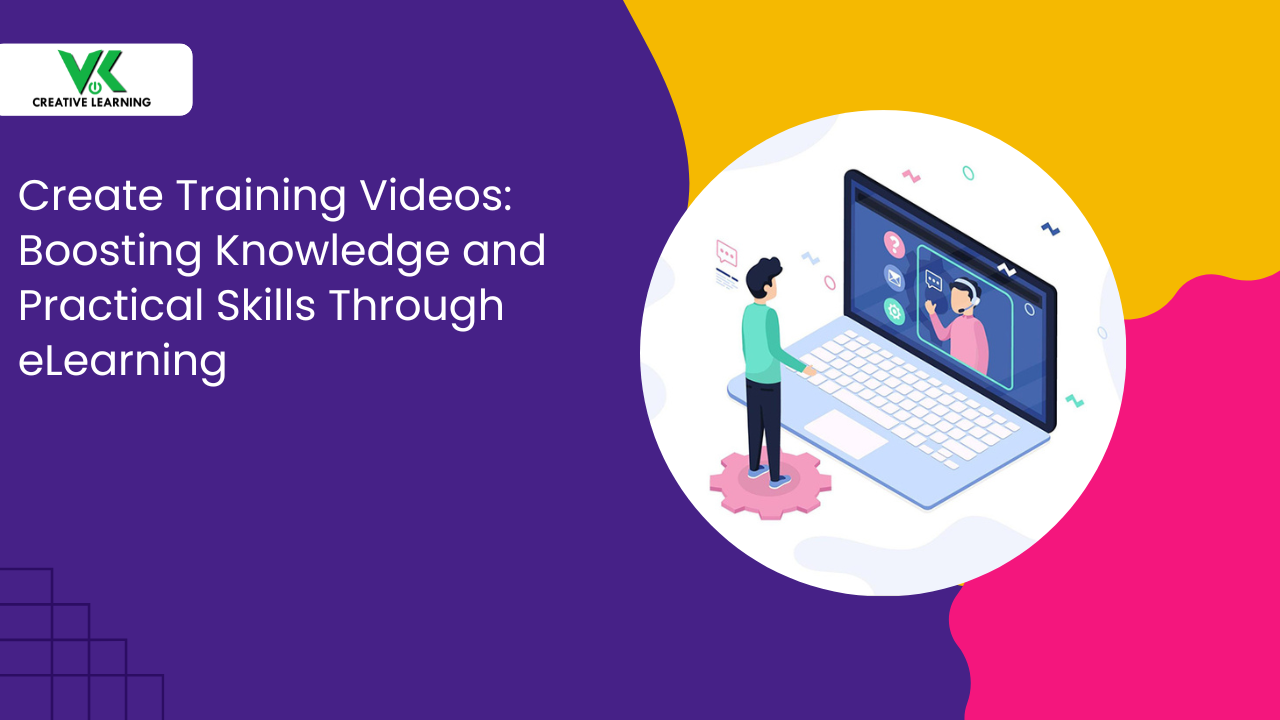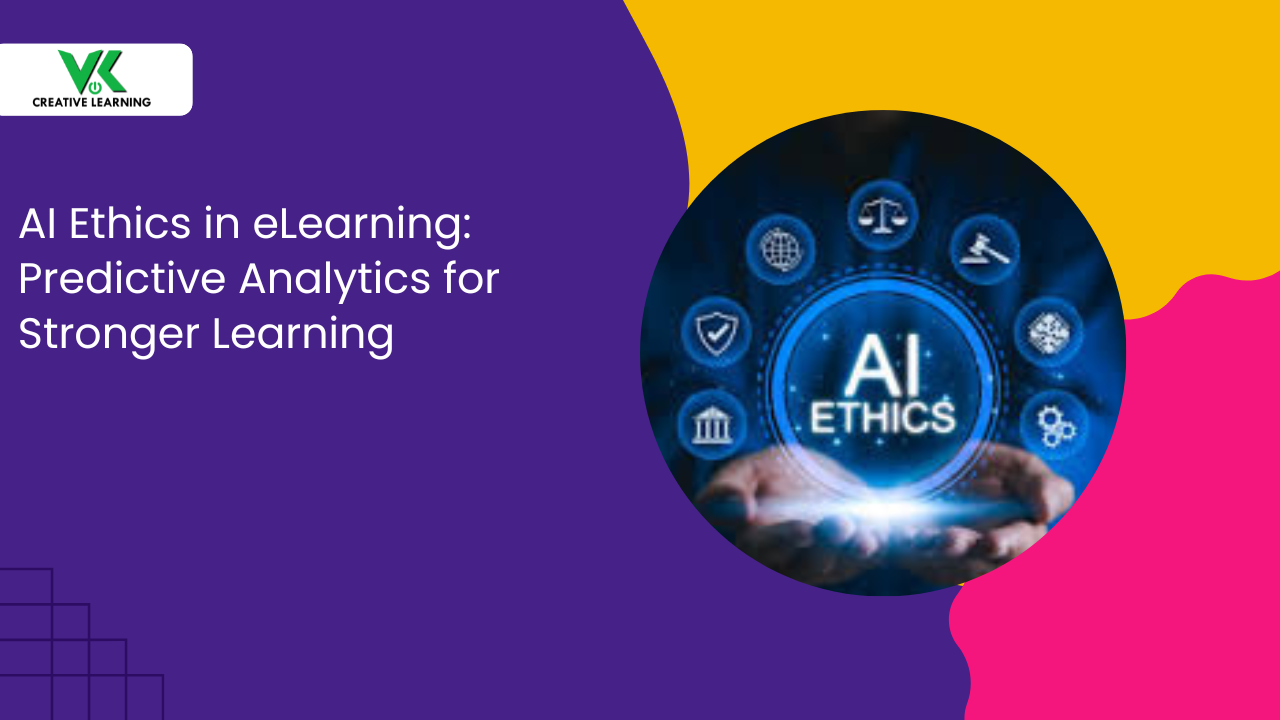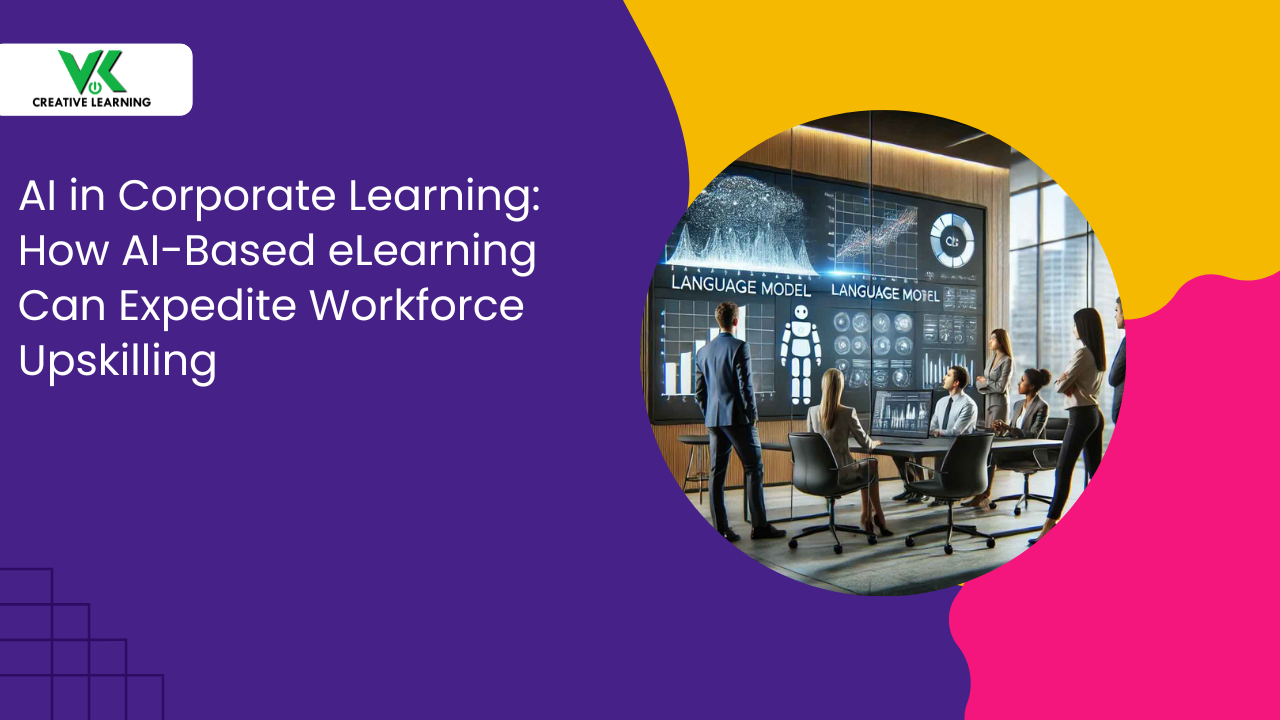Why Social Media in E-learning Is More Than a Trend—It’s the Core of 21st Century Learning
August 05, 2025
When social media is made a part of e-learning, it can help students to understand lessons thoroughly. This happens as students interact with each other and teachers to discuss the topic.
In other words, discussions among the learners start going beyond classroom walls into online forums. These discussions are in the form of opinion threads, study polls, and interactive reels.
Such learning-based idea sharing through digital dialogue plays a major role in breaking down hesitation. Importantly, with forums, learners confidently toss around queries fearlessly.
The incorporation of multimedia tools (3D explainer videos, infographics on multiple topics) in social media in e-learning kindles further interest. Thus, topics can be learned thoroughly, and the concepts stick in memory.
Thus, social media in e-learning platforms is multifunctional and comes without any barriers. Importantly, they transform passive scrollers (individuals without much interest in learning) into active learners. Thus, learning for students and trainees comes naturally with social media in e-learning.
1. Defining Social Media in E-Learning Trends--Reshapining Educational Experiences
2. Understanding Why Social Media Trends Appeal to Students
3. Features of Social Media in E-learning: How It Changes Learning
- Fusing Formal Instruction with Casual Dialogue
- Merging Social Trends with Academic Precision
- Accelerating Engagement and Participation
- Peer-to-Peer Support and Collaboration
- Personalizing Learning Through Learner-Generated Content
- Integrating AI and Automated Grading Technology
4. Real-Life Applications of Social Media in E-Learning
- Using Social Media for Virtual Study Groups
- Applying Social Media to Project-Based Learning
- Incorporating Hashtag Campaigns for Topic Exploration
- Leveraging Live Streaming for Expert Sessions
Defining Social Media in E-Learning Trends--Reshapining Educational Experiences
Social media in e-learning provides digital platforms that offer interactions for students. Concretely, these platforms also include forums for discussion, apps for sharing videos, and chat groups that support discussion-based learning. Thus, e-learning in a way provides the future of social media in many ways.
Additionally, these platforms are designed to facilitate announcements of course, sharing of resources among learners. Learners (students or trainees) can also share their feedback through a social media platform.
Moreover, instructors can take input from learners and accordingly design assignments. To bring clarity about doubts, multimedia content such as 3D animations can be posted. Ultimately, learners develop digital literacy and collaboration skills.
Understanding Why Social Media Trends Appeal to Students
Social media is such a type of medium that offers lightning-fast connectivity so that learners can communicate with peers and teachers. Consequently, social media platforms are smartly designed so that students find it easy to clarify doubts instantly.
Additionally, the platform can be tuned so that teachers can share creative videos, infographics, and summaries with students. Thus, trending hashtags around several topics that are complex in nature spark collective curiosity among knowledge-seekers. Owing to all these reasons, social media trends give a feeling of a sense of belonging among learners.
Features of Social Media in E-learning: How It Changes Learning
There are many reasons to choose the incorporation of social media in e-learning, as it offers many benefits. Some of the essential benefits are given below:
Fusing Formal Instruction with Casual Dialogue
Educators can mix chalkboard teaching with online media (recaps and tips about topics, quiz bytes). Learners can discuss about their doubts in group chats with their peers. They can also cross-check their understanding and create new notes using social threads.
Also, students can form study circles as e-learning provides that facility, and discussion can be initiated over shared syllabi. Additionally, casual discourse for revision can become part of academic threads.
This would help them to get proper clarifications and relatable recall (interactive charts, concept maps, voice notes) about the topic. Thus, concepts that were once fuzzy now leap into focus--like spotlighted ideas standing tall.
Eventually, these features turn learning into an ongoing learning experience (animated quizzes, branching scenarios, real-time feedback). This constant exposure means revisions and hence, familiarity with new concepts. Importantly, acquiring knowledge on a consistent basis becomes second nature for learners.
Merging Social Trends with Academic Precision
Social media in e-learning provides an in-depth comprehension of various topics related to learners' favorite working field. Thus, educators can help trainees to be in sync with fleeting digital trends and changes in technologies and curriculum.
The trainers and teachers can also provide options of question-based challenges and infographic-based interactive polls to check the knowledge of the learners. This would aid in steering the learning ship in the right direction and upskill learners at a fast pace.
The guidelines in the e-learning platform also have structured rules when it comes to learning posts. This helps to filter out the unnecessary mindless scrolling that learners may do, making social posting interesting.
The e-learning posts also involve posting of customized 3D animation posts or 3D self-explanatory posts for better understanding of topics. This means there is no need to sift through countless chatters as unnecessary noise is filtered and clarity is provided.
There are other features such as corporate e-learning content posts for companies, that make training interesting for employees.
Accelerating Engagement and Participation
Social media can contain interactive learning posts that help to captivate learners' attention quickly. Some of the essential elements are polls, quizzes on multiple topics, and 3D or 2D animated videos. These turn out to be attention-grabbing elements, and learners benefit from them.
Notifications prompts are also provided to the students as timely reminders on a regular basis. This helps them to revisit materials when they forget or before the next lecture.
These elements also ensure that learners stay continuously involved in the learning process. The use of the elements also boosts their knowledge retention and helps them to remember the core concepts.
E-learning gamified elements in one of the future of social media posts that work on a point-scoring basis. This helps learners to be motivated and complete tasks virtually.
Another big advantage is that students show active participation with hands-on involvement as they learn through practice. The introduction of hands-on practice assists learners in accelerating the mastery of concepts.
Peer-to-Peer Support and Collaboration
E-learning platform features social media groups that enable one student to help the other. Thus, study assistance or doubt-clearing support happens naturally. Thus, students post their doubts, and classmates give immediate guidance.
Personalizing Learning Through Learner-Generated Content
nstructors can make creative-minded notes, infographics (visual displays with text), and videos (animated short films). These learner-based materials will fit a varied style of learning and preferences.
Also, the inclusion of peer-driven review and comments on shared-knowledge materials will further make the content interesting. In fact, their inclusion on social media in e-learning offers helpful, insightful feedback on created notes.
Thus, students show active learning and get a deep understanding of the concepts taught to them. This give-and-take process through the inclusion of features like the future of social media in e-learning works well.
In fact, it allows learners to get an overall comprehension of multiple topics that seemed difficult before. It also develops tech-savvy, creative learning within the learners.
Integrating AI and Automated Grading Technology
AI with smart algorithms in social media and educational materials contains multiple custom elements. These are tailored-fit quizzes (short tests) and assignments (school tasks based on teaching). Digital (computerized-score) in e-learning is also capable of offering quick-response feedback to learners.
Similarly, an automated algorithm-powered virtual platform provides grading technology that reduces instructor workload. This teacher-friendly platform, thus, evaluates fast-response (of objective questions) at a decent pace.
Teachers can then guide student-focused thinking on multiple topics and project tasks on social media. These forms of automation result in better outcomes and instructional strategies and turn out to be a time-saving option.
Real-Life Applications of Social Media in E-Learning
Using Social Media for Virtual Study Groups
Students through social media in e-learning can form closely-knit virtual study groups. They can share social feeds through the platform after classes. Learners can also share lesson notes with summaries on the medium. Teachers can post brief-duration lectures or 3D animated video explanations.
Also, it becomes possible to share summaries of lessons on the virtual platform. Additionally, real-time Q&A interactive discussions can be held for learners so that they can do exam preparation.
Through these measures, learners can gain a better understanding (all detailedly explained) of concepts. The presence of an interactive dialogue session on the virtual platform with peers. can assist this cause.
Applying Social Media to Project-Based Learning
Moreover, the platform can also be designed so that instructors can assign projects to learners using rich multimedia presentations that can be put on social media platforms. Learners from various branches of schools can collaborate to create content. The content can have examples and infographics, and share it on social media for e-learning.
After going through the posted content, peers can comment on drafts on how it helped them. Participants can also suggest improvements so that the content and design can be more interesting. Consequently, learners can enhance their projects and get in-depth insight about topics through comments.
Incorporating Hashtag Campaigns for Topic Exploration
With social media in e-learning, teachers can create unique hashtags (helping easy searching). These can be related to topic-based modules (course-specific materials). This feature will help students to find out relevant content and topic-focused articles. They can also come across the opnions of (personal thoughts) of others on the same topic.
This way, the entire classroom will have centralized access (as good as a one-stop hub) to multiple resources (importantly, containing chosen links).
Moreover, various trending hashtags (are popular search topics or keywords) kindle deeper interest for research--reaching beyond textbooks. This measure's implementation in social media aids learners to expand their knowledge. In other words, there is a substantial growth in understanding via the peer-based curation method.
Leveraging Live Streaming for Expert Sessions
Educators can invite guest speakers (think of asking industry professionals to deliver a lecture) to give short talks on their field of work. There can be real-time discussions on social channels in e-learning platforms.
Through these, students get a chance to interact and ask their questions to knowledgeable individuals through live comments. These instant messages and quick surveys are sent during scheduled times on the discussion platform.
Also, learners can then provide their follow-up questions or further inquiries in post-event groups (after-talk forums).
Conclusion
Social media in e-learning has become the most happening trend in modern learning environments. This is because it offers plenty of learning opportunities with interactive and engaging elements.
Additionally, it provides a collaboration platform for learners in different places with personalized support.
Thus, educational institutions and firms can think of fusing social media strategically into e-learning for improved outcomes.
One of the reliable approaches for the same is to partner with an experienced player in e-learning-- VK Creative Learning (VKCL).
VKCL ensures expert design of social media-driven courses in an e-learning platform. Ultimately, VKCL delivers interactive, inclusive, and impactful e-learning experiences that prepare learners for future challenges.
